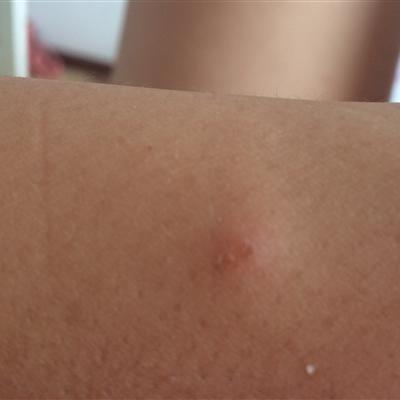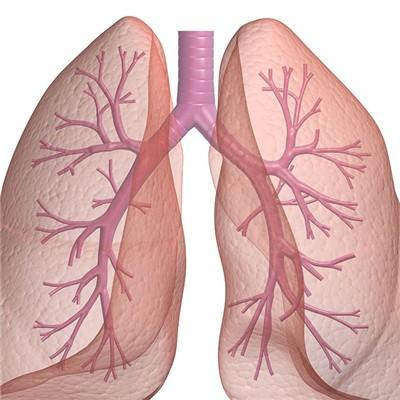Chocolate cyst symptoms?
summary
Chocolate cyst is a "mass" but not a "tumor", it is a lesion of endometriosis. Under normal circumstances, endometrial growth in the uterine cavity, affected by the body of female hormones, fall off once a month, the formation of menstruation. If the endometrial fragments shed during menstruation enter the pelvic cavity through the fallopian tube with the countercurrent of menstrual blood, and are planted on the surface of the ovary or other parts of the pelvic cavity to form an ectopic cyst, this kind of ectopic endometrium is also affected by sex hormones, which will shed and bleed repeatedly along with the menstrual cycle. If the lesion occurs on the ovary, there will be local bleeding during each menstrual period, making the ovary larger, The formation of cysts containing old hematocele, this kind of old blood is brown, thick as paste, like chocolate, so it is also known as "chocolate cyst".
Chocolate cyst symptoms?
Dysmenorrhea is secondary and aggravating year by year, but a few patients have no obvious dysmenorrhea. Ectopic endometrium is affected by ovarian hormones, and has the same periodic changes as normal endometrium. In the second half of menstruation, the ectopic endometrium is highly thickened and congested, the pressure in the endometriosis tumor increases gradually, and the blood accumulates in the capsule during menstruation, which suddenly increases the pressure on the capsule wall and causes pain. Therefore, the characteristics of Endometriosis Dysmenorrhea start from before menstruation or even the second half of the cycle, and last for the whole menstrual period to disappear a few days after menstruation. Most of the pain sites were in the middle of the lower abdomen, or on one side, and the lesions infiltrated into the uterus and rectum. Menorrhagia, menstrual blood volume, is also one of the common clinical symptoms, general menstrual cycle law performance for menorrhagia or with a long time.

30-70% of infertile patients with endometriosis are accompanied by infertility. About 70-80% of infertile patients with unknown causes are accompanied by endometriosis. Infertility is often caused by mechanical factors such as pelvic organ adhesion, obstruction of oviduct peristalsis or blockage of oviduct. It may also be due to ovarian insufficiency, enhanced autoimmune response and increased prostaglandin, Prolactin and other factors.

The wall of ovarian endometrial cyst is brittle and lack of elasticity. Menstrual blood accumulates gradually. The pressure in the cyst increases continuously. The contents can burst from the weak part of the cyst wall and overflow into the abdominal cavity to stimulate the peritoneum, causing peritonitis and acute abdomen.

matters needing attention
In order to preserve normal ovarian tissue as much as possible, it is helpful to maintain ovarian function and endocrine function, and to increase the chance of pregnancy in the future.













